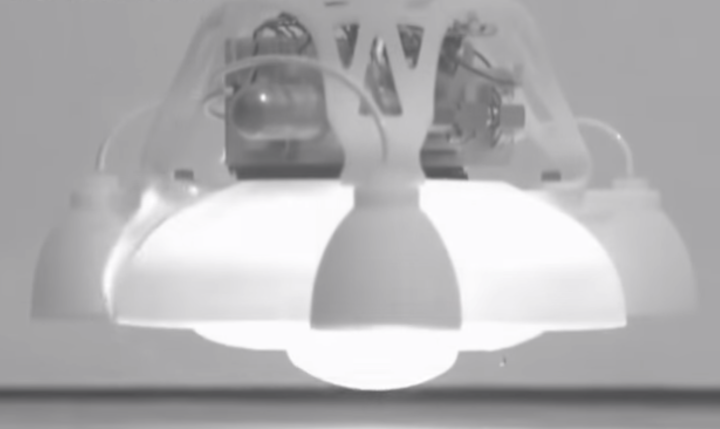
With its flexible, inflatable base, the robot is as durable as it is powerful, so no matter how high it manages to leap, it lands softly and safely. When preparing for a jump, the robot inflates its legs, then lights a mixture of butane and oxygen that ultimately gives it the kinetic energy it needs to go skyward. According to results published recently in Science, the robot was able to jump successfully 100 times without causing any damage to itself, which is probably more than we can say for some human athletes.
The resilience of the robot is attributed to the ingenious combination of both soft and hard materials that Michael Tolley, one of the paper’s co-lead authors, says will give rise to a “new generation of fast, agile robots that are more robust and adaptable than their predecessors and can safely work side by side with humans.” Borrowing from Mother Nature and animals who exhibit this same amalgamation of textures and rigidity, scientists revealed that the mollusk actually served as a key point of inspiration for the robot.
“In nature, complexity has a very low cost,” Tolley said. “Using new manufacturing techniques like 3D printing, we’re trying to translate this to robotics.”
Robert J. Wood, Harvard’s professor of engineering and applied sciences and senior author of the study, noted in a statement, “This robot is a demonstration of a method to integrate the rigid components with the body of the soft robot through a gradient of material properties, eliminating an abrupt, hard-to-soft transition that is often a failure point [in robotic design].” And it could have some pretty exciting implications for the future of robotics.


